Market Update - Month Overview (September 2025)
Summarised by Shara Cox (Report via Zenith)
Australian Market Summary
The ASX 200 slipped 0.8% in September but remains up 11.5% year-to-date. The decline stemmed from persistent inflation and shifting interest-rate expectations.
Small and mid-caps outperformed, with the Small Ordinaries Index up 3.4% in September and 15.3% for the quarter. Materials and Utilities led gains on stronger commodity prices (gold, silver, copper, iron ore), while Health Care, Financials, and IT lagged. The RBA held rates at 3.6%, citing stronger-than-expected inflation.
In fixed interest, Australian bonds were flat (+0.1% in September) as yields oscillated between 4.2%–4.4%. The unemployment rate remained 4.2%, and Q2 GDP grew 0.6%, with consumption and government spending driving growth. Inflation ticked up to 3.0% in August, mainly from housing and utilities, while trimmed mean inflation (2.6%) stayed within target.
A-REITs fell 3.1% for the month but remain up 18.9% YTD, led by Goodman Group, while global REITs gained 0.9%. Australian equities trade on a PE of 20.1x (above the 16.2x long-term average), and banks at 20.4x, a 20% premium to historical levels. Miners remain attractively valued at 13.9x, about 30% below the broader market.
International Markets
Global equities delivered strong results in September, with the MSCI World ex-Australia Index up 6.1% for the quarter and 9.7% year-to-date.
The US led gains, driven by solid corporate earnings, a Federal Reserve rate cut of 25 basis points to 4.25%, and enthusiasm for AI-related stocks. The Nasdaq rose 11.2% for Q3, supported by robust forward earnings growth (13.3%) despite softer economic indicators and labour-market weakness.
Emerging markets outperformed, gaining 5.8% in AUD terms for September and 9.4% for the quarter, with South Korea and Mexico leading on semiconductor demand. A weaker USD and the Fed’s rate cut supported sentiment. India lagged on poor earnings and consumption, while China saw modest recovery (+0.6% in September), buoyed by AI optimism and easing tariff concerns despite ongoing deflation pressures.
Global bonds saw yields fluctuate: US 10-year yields ended at 4.15%, with inflation still above target (Core CPI 3.1%). The Fed’s pivot toward labour support reduced expectations of further cuts. European inflation held steady near 2%, keeping ECB rates unchanged. Credit markets tightened on improving confidence.
Commodities were mixed — gold surged 16.8% to record highs amid geopolitical uncertainty, while oil fell 4.1% due to rising OPEC+ supply. The USD weakened slightly (-0.2%), while the AUD rose 1.1%, supported by domestic inflation.
